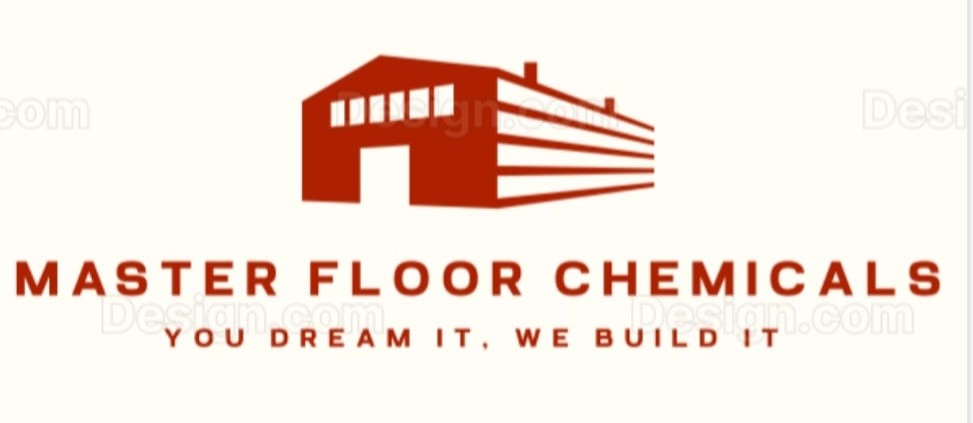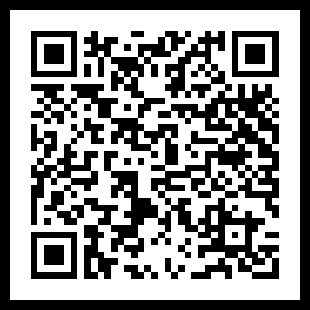Flooring has always been seen as a passive element in any space—something to walk on, park machinery over, or enhance a room’s aesthetics. But in recent years, flooring has stepped out of the shadows. It’s no longer just about durability and appearance; it’s becoming an active, data-driven component of modern infrastructure. Thanks to advances in material science and IoT (Internet of Things) integration, smart flooring technologies are changing how we approach maintenance, safety, and performance monitoring.
In this blog, we’ll explore the evolution of smart flooring, the technologies driving it, and how it’s revolutionizing industries from warehouses to retail and even healthcare.
The Shift from Passive to Smart Flooring
Traditionally, floor performance was judged by its durability, slip resistance, and ease of maintenance. Issues like cracks, moisture ingress, or uneven wear were only noticed during routine inspections—or worse—when a failure occurred.
Smart flooring changes this reactive model into a proactive one. By embedding sensors and monitoring systems within the floor or its coatings, facility managers can receive real-time data on conditions, performance, and potential risks.
Core Technologies in Smart Flooring
Modern smart flooring integrates several technologies to provide actionable insights:
1. Embedded Sensors
Small, unobtrusive sensors can be installed during the construction phase or retrofitted under certain floor types. These sensors can monitor:
- Load and Pressure: Detect heavy machinery movements or excessive traffic that may cause wear.
- Moisture Levels: Identify leaks or water infiltration before damage escalates.
- Temperature Changes: Critical for environments like cold storage facilities.
- Vibration and Impact: Useful in detecting damage in industrial settings.
2. Wireless Data Transmission
Data from the embedded sensors is transmitted wirelessly to a centralized system. This allows maintenance teams to access real-time updates from any device, enabling faster decision-making.
3. AI-Driven Analytics
Artificial intelligence analyzes incoming data to predict potential failures. For example, if a section of warehouse flooring consistently shows higher vibration readings, it could indicate early structural wear—allowing for targeted maintenance before costly downtime.
4. Smart Coatings
Beyond hardware, flooring can also feature self-healing coatings or finishes that change color when wear levels reach a threshold. These coatings act as a visual alert system for maintenance staff.
Applications Across Industries
Industrial & Warehousing
In large factories and warehouses, even minor floor damage can halt operations. Smart flooring systems can detect cracks, uneven wear, or excessive load stress, allowing repairs to be planned without unplanned shutdowns. Moisture monitoring is especially useful in concrete floors to prevent structural compromise.
Retail and Commercial Spaces
In high-traffic environments like shopping malls, smart flooring can track foot traffic patterns, helping businesses optimize store layouts and plan targeted cleaning schedules based on actual usage.
Healthcare Facilities
Hospitals and clinics can use pressure sensors to track wheelchair and bed movement, ensuring floors remain level and safe. Some systems even integrate with patient monitoring devices for fall detection.
Sports and Fitness
Gyms, sports arenas, and training facilities benefit from real-time monitoring of surface traction and impact absorption, reducing injury risks and optimizing performance conditions.
Benefits of Smart Flooring for Maintenance & Monitoring
- Predictive Maintenance
Smart flooring shifts the focus from repairing after failure to preventing issues altogether. This reduces costs, extends the floor’s life, and minimizes downtime. - Enhanced Safety
By detecting moisture, temperature fluctuations, or surface degradation early, facilities can take action before accidents happen. - Cost Efficiency
Targeted repairs are far more cost-effective than full replacements. Real-time data ensures maintenance budgets are spent wisely. - Improved Resource Planning
Analytics help allocate cleaning crews, maintenance schedules, and operational workflows based on actual floor usage. - Sustainability
Longer-lasting floors mean fewer materials are consumed over time, reducing environmental impact.
Challenges and Considerations
While the potential is enormous, smart flooring isn’t without challenges:
- Installation Costs: Embedding sensors during initial construction is more cost-effective than retrofitting.
- Data Management: Large facilities may produce enormous amounts of data, requiring robust analytics platforms.
- Durability of Sensors: Sensors must withstand the same environmental stresses as the flooring itself.
To maximize ROI, businesses should start with high-priority zones (such as loading docks or high-traffic corridors) and expand gradually.
The Future of Smart Flooring
The next decade is likely to see even deeper integration between flooring and building management systems. We can expect:
- Energy-Harvesting Floors: Generating electricity from footsteps for lighting or charging.
- Health Monitoring Integration: Floors that can detect gait changes to assist in elderly care.
- Full Automation: Automated cleaning or repair robots triggered by sensor alerts.
Smart flooring will move from being a novelty to a standard requirement in safety-conscious, efficiency-driven facilities.
Conclusion
Smart flooring represents a fundamental shift in how we view the role of a floor. It’s no longer a static surface—it’s an intelligent, connected system capable of enhancing safety, optimizing maintenance, and driving cost efficiencies.
For industrial giants, retail chains, healthcare facilities, and sports complexes, this technology offers a competitive advantage by merging durability with intelligence.
In the world of flooring, the future is quite literally under our feet—and it’s smarter than ever.

